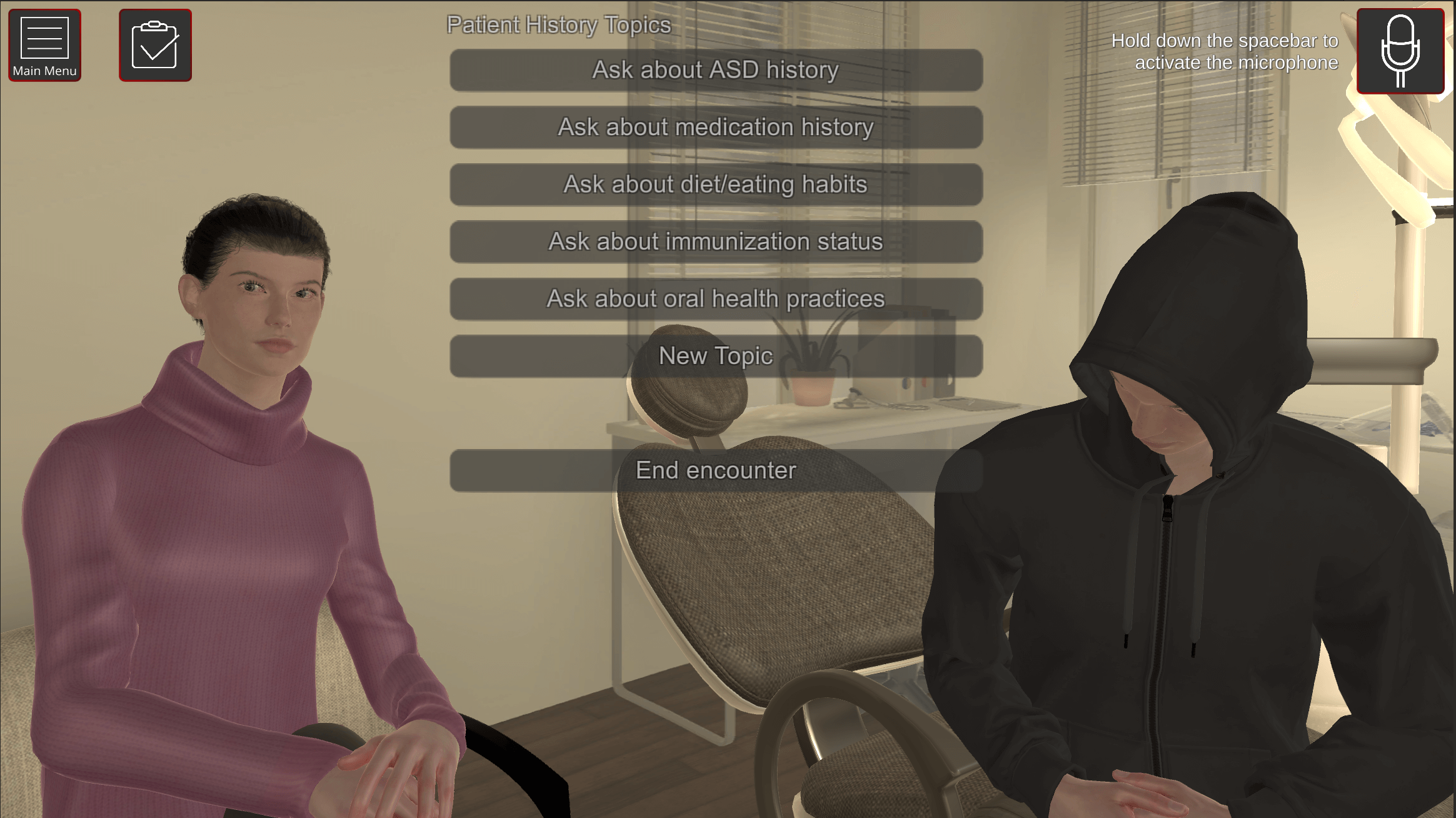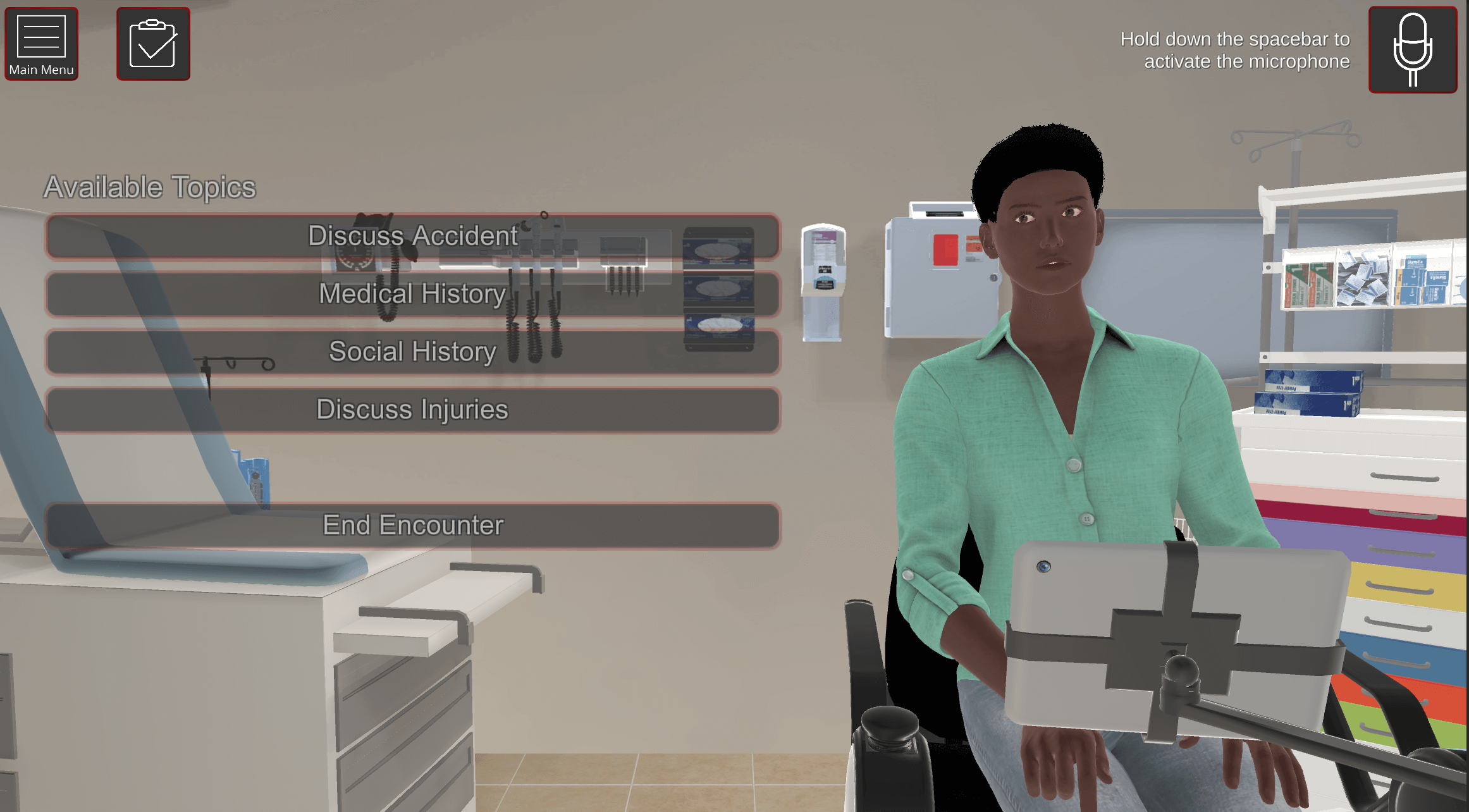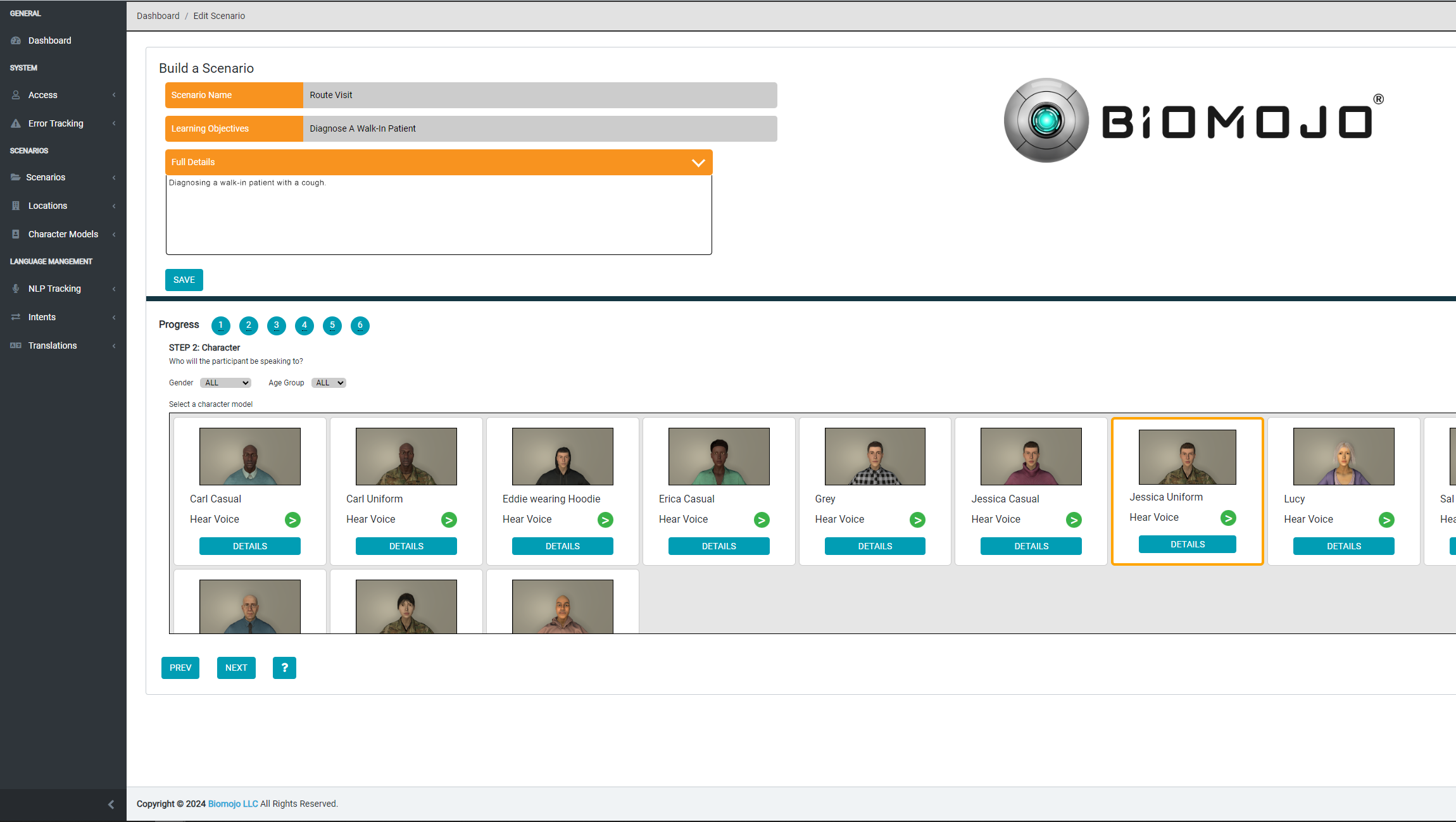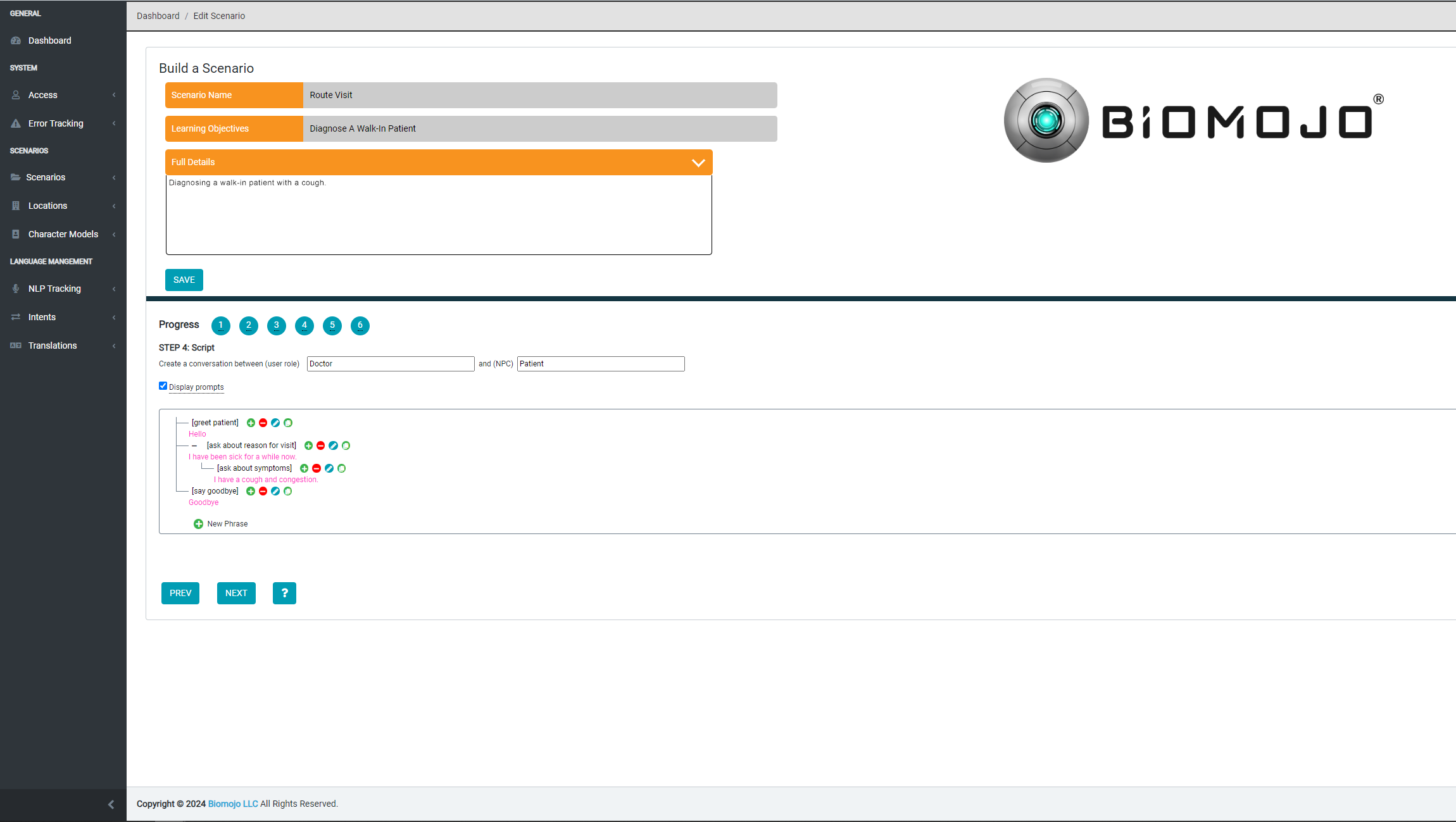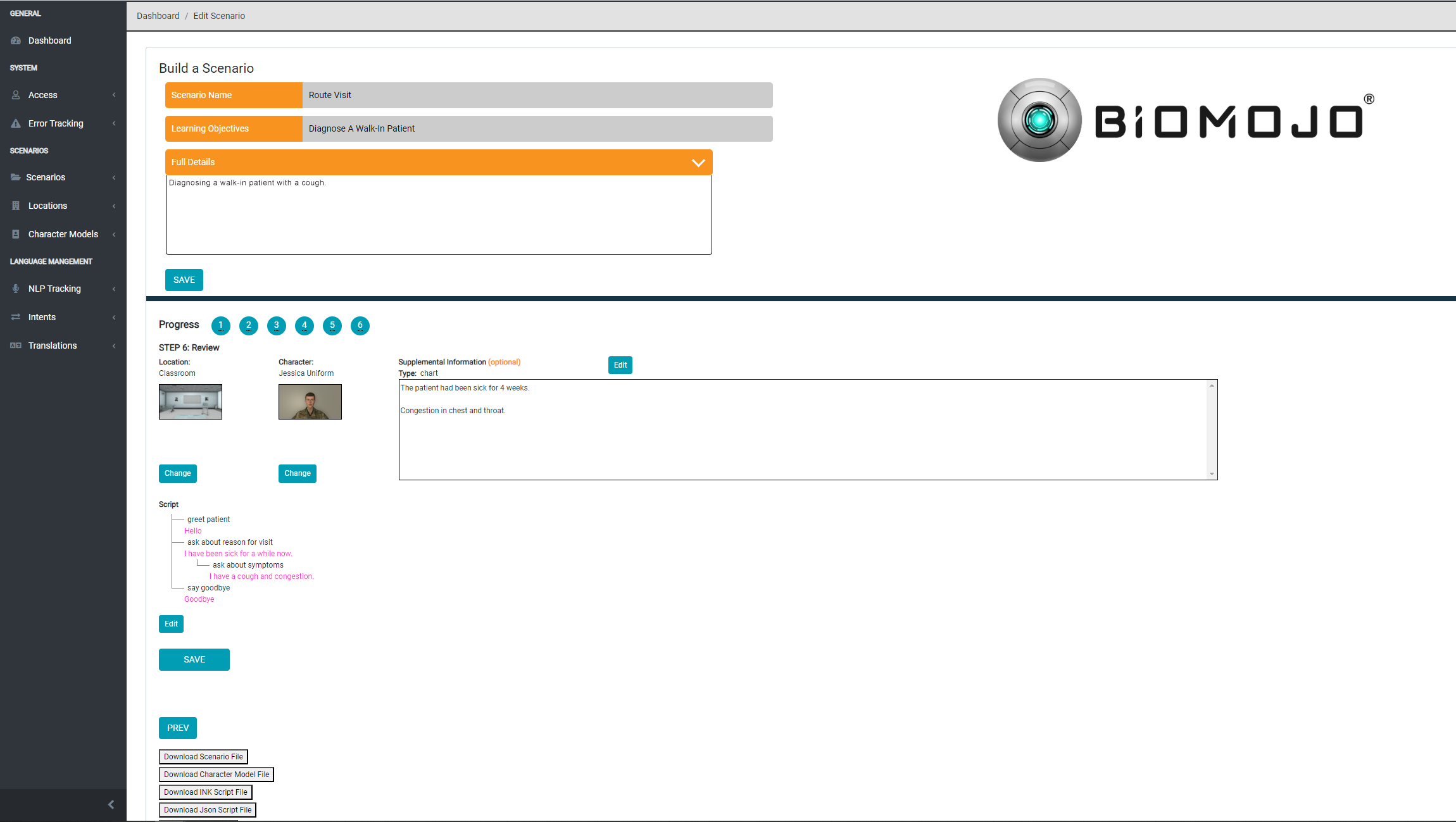Spotlight Projects

Single and multi-patient trauma scenarios, covering point of injury treatment through extended care. It features an after-action review and scoring system based on the TCCC MARCH protocol. This system provides feedback on what the user did correctly and areas for improvement, along with optional suggestions for enhancing performance.
It includes a built-in scenario editor to create your own custom scenarios and is available on multiple platforms, including tablets, PC, and Mac.

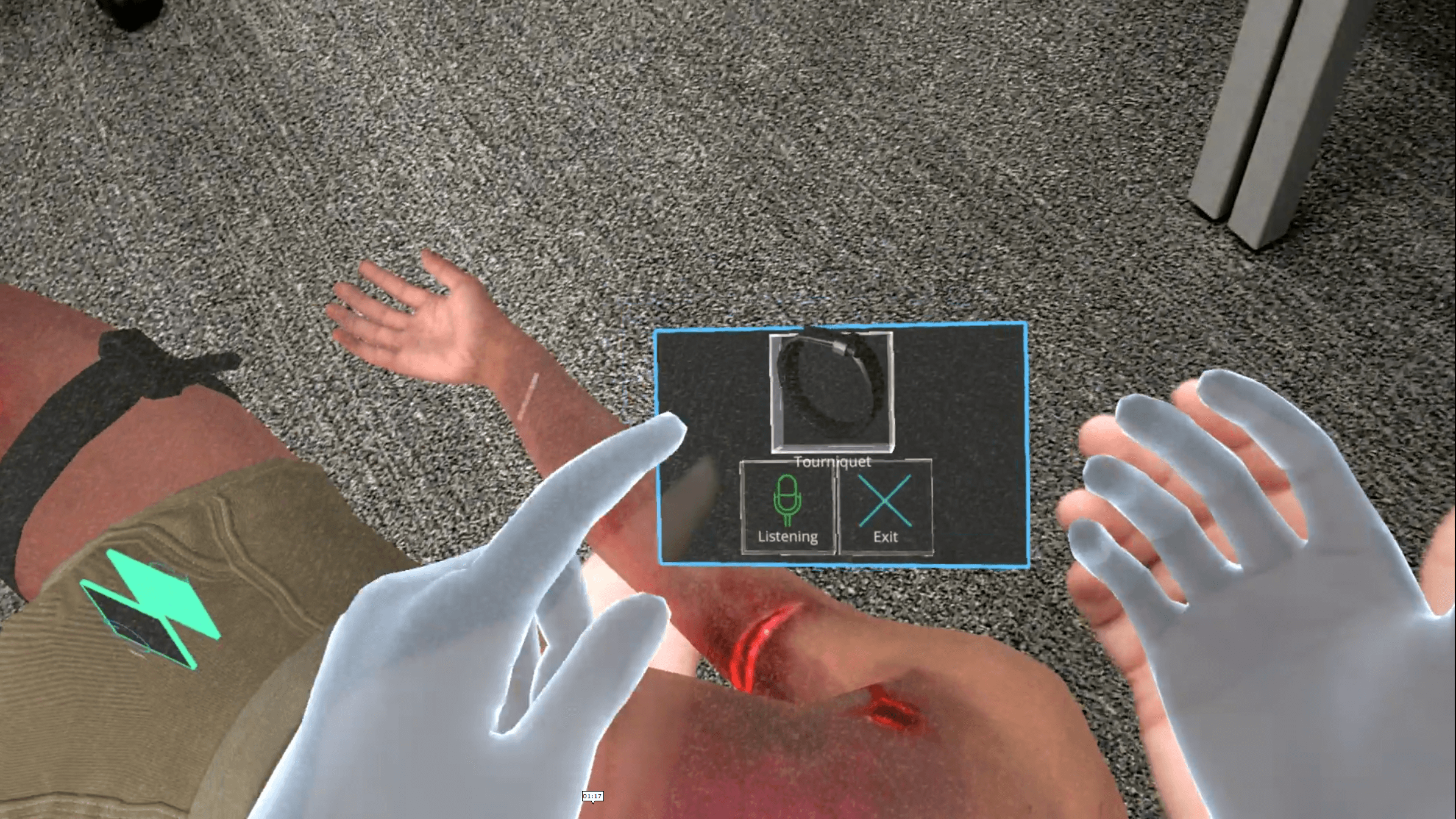
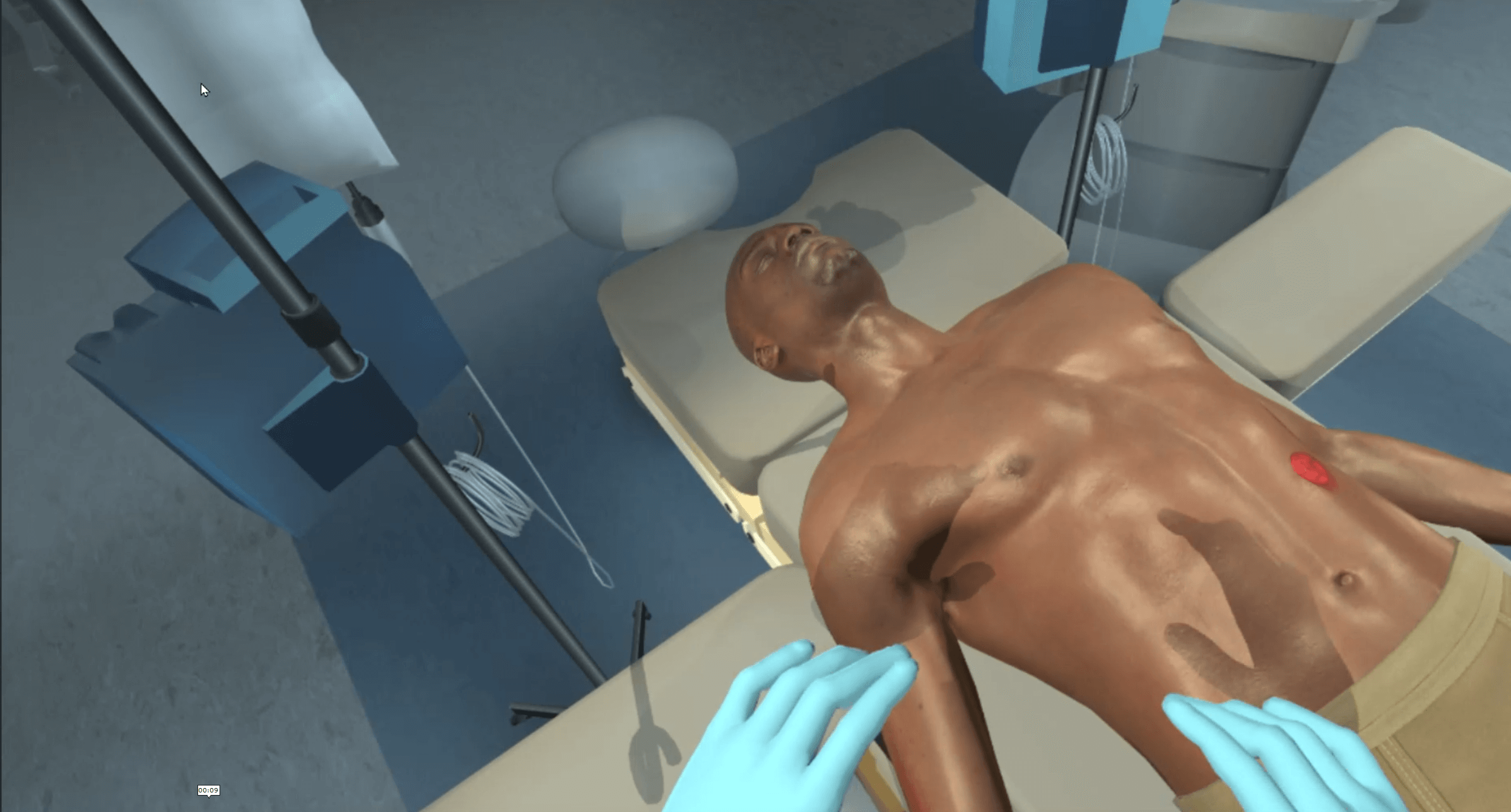
Medical Training Solutions
Instructors can create scenarios with up to three patients with varying degrees of injury severity. They can also schedule additional complications to trigger after a specified time. Further injuries can be configured based on student actions, external factors, or direct instructor input, offering a customizable training experience that can be predetermined or dynamic.
Powered by an open-source physiology engine, the system delivers real-time, medically accurate vital signs and corresponding audio-visual cues to simulate realistic patient responses. Its NLP-enabled dialogue feature allows patients to interact with students by responding based on injury severity, treatments applied, or repeated questions, enhancing the realism of each scenario.
The system also includes a comprehensive after-action review that provides detailed feedback on student performance using the TCCC standards, outlining correct actions and mistakes, and a percentage score to measure overall proficiency.
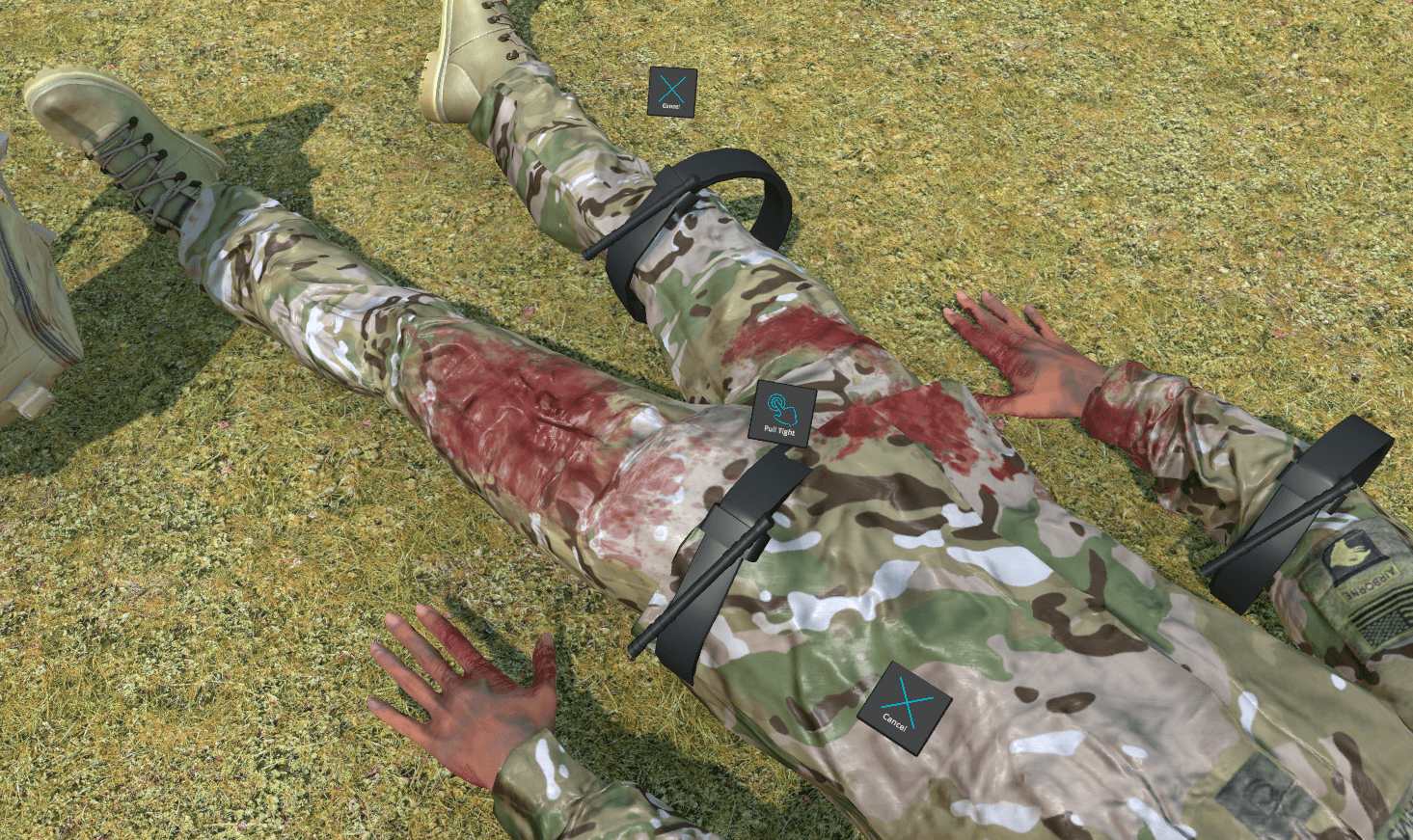
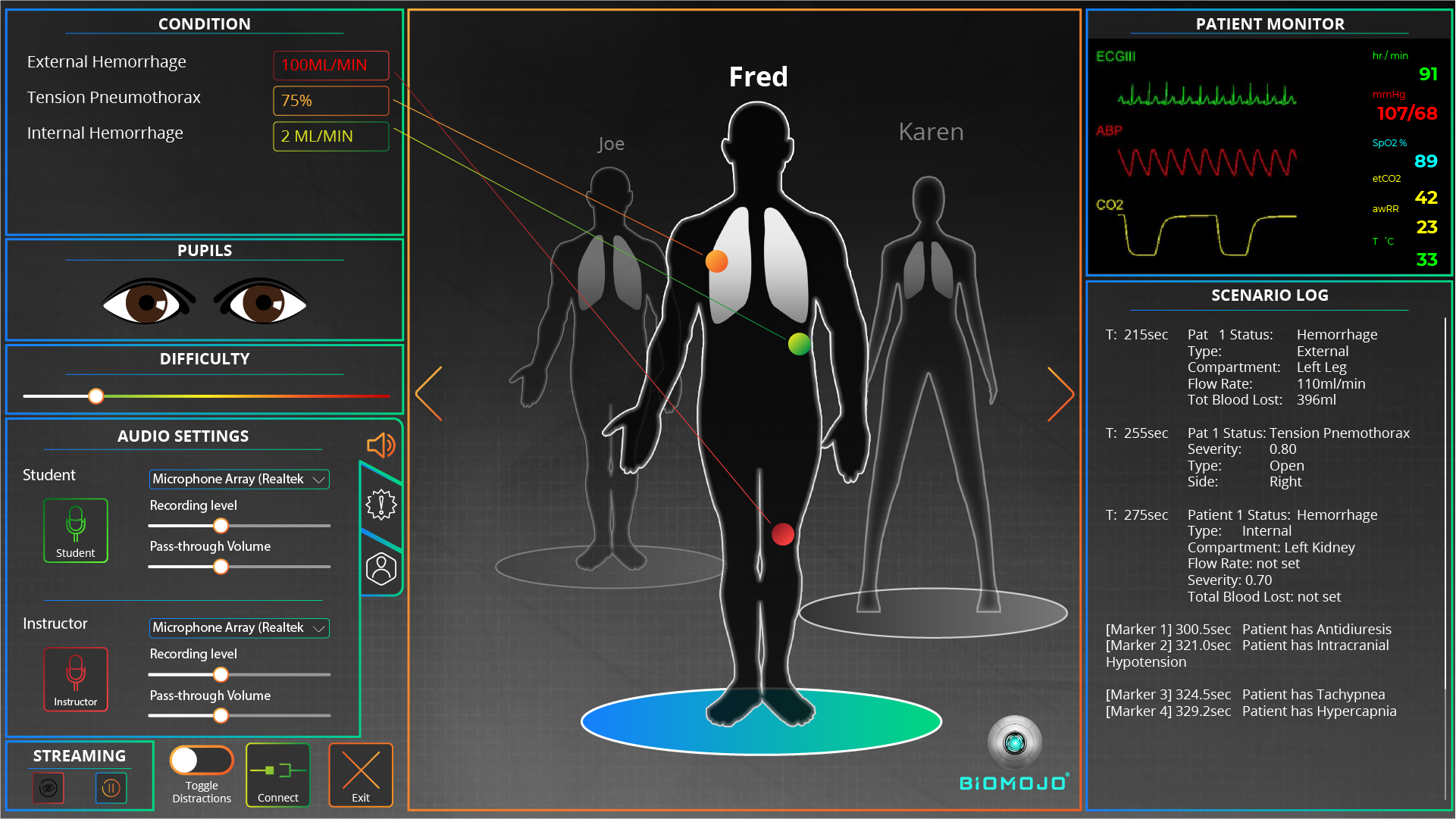

AI Soft Skills Training
We developed a highly customizable training platform that allows users to create tailored scenarios based on specific learning objectives. After selecting from multiple locations and virtual characters, instructors can define unique goals and add supporting information like resumes or medical records to add realistic details to their scenarios. To get started faster, they can even duplicate and modify existing scenarios to fit different needs. The platform supports conversation trees for more interactive learning experiences, giving users a wide range of options for developing realistic, engaging simulations.
Our solution features realistic virtual characters with phoneme-based lip synchronization, natural eye movement, and eye contact, enhancing immersion. Thanks to our advanced NLP and semantic AI mapping, users can interact directly with the characters with their natural voice all within a 3D environment from their browser.
The system also includes a comprehensive after-action review, which provides performance scores, feedback on what was done correctly or incorrectly, and even the ability to replay scenarios for in-depth analysis and improvement.
